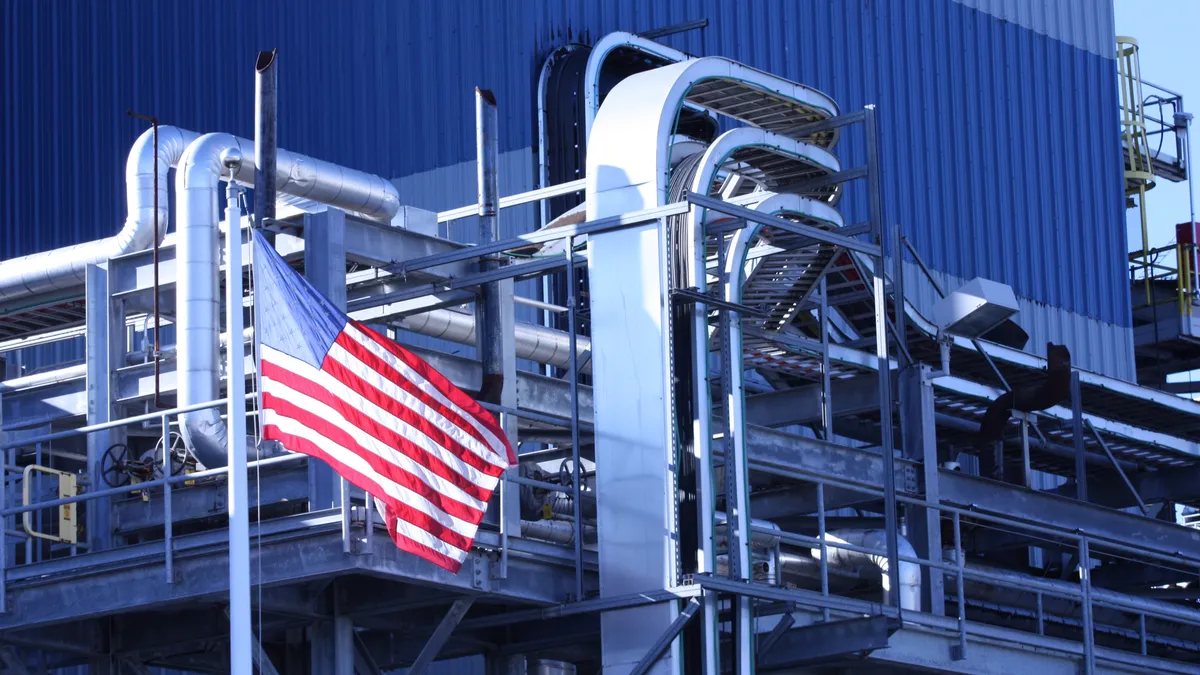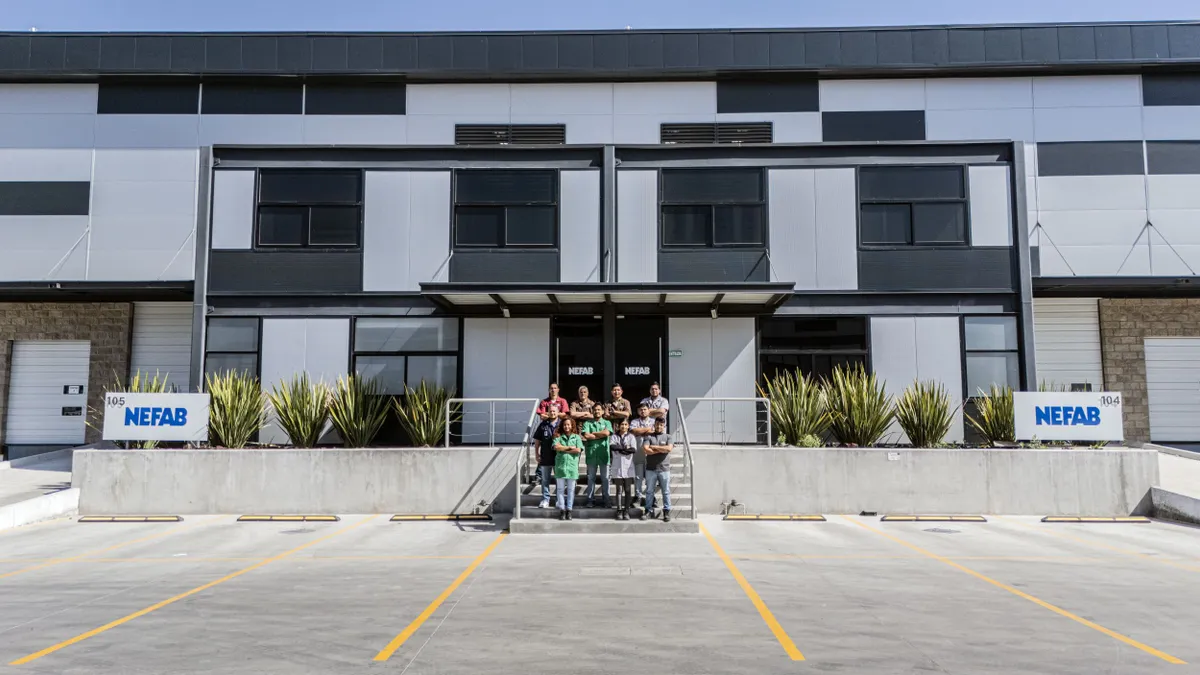Wendy Lane is the chair of Greenberg Glusker’s employment department. Opinions are the author’s own.
Due to the volatility of the economy and the nature of work, manufacturing companies are prone to highs and lows, which can create operational challenges. Balancing demand against the need to retain highly specialized workers is a challenge in any environment, but there is heightened risk when the market loses predictability due to external factors.
During a slowdown, it is especially critical that manufacturers maintain strict compliance with state and federal employment laws and regulations in order to avoid costly legal issues. Read on for some key issues that manufacturing companies should be aware of during slow periods in order to minimize legal headaches.
Understanding exempt vs. nonexempt employee classification
When demand is not at its peak, manufacturers may analyze wages to find cost savings. Determining the classification of employees as exempt or nonexempt upon their hiring is a key step in managing the workforce, as hourly employees may earn less when work hours aren’t available, while salaried employees must continue to receive a fixed salary at the same rate of pay each pay period, regardless of the quantity or quality of work performed in a given workweek.
If an employer looks to reduce salaries during a slowdown, careful attention must be paid to the minimum salary requirements for certain exemptions — administrative, professional and executive. Failure to meet respective state and federal statutory requirements may unintentionally convert employees to non-exempt in the eyes of the law and create legal exposure.
In other cases, employers may seek to intentionally reclassify employees from exempt to non-exempt as a way of balancing wage costs by only paying for hours worked. Beware — once reclassification is carried out, it cannot easily be reversed. Frequent reclassification of workers without a valid reason, such as changes in job duties or company restructuring, can lead to legal action from employees or governmental agencies.
Employee classification between exempt and non-exempt can evolve, and in the proper circumstances reclassification is legal, but it is an area that should be monitored and reevaluated continuously.
Worker classifications, and misclassifications, are a particularly tricky area for manufacturers, as they often employ large workforces with ebbing and flowing production needs. Classification errors affecting large groups can lead to class action lawsuits (which can be brought by a single disgruntled employee), and no company wants to be defending against a class action during periods of economic challenge.
Layoff Alternatives
A slowdown in work may prompt discussion of layoffs, but those can be notoriously detrimental to manufacturing companies’ success, as it is difficult to replace highly specialized employees once business resumes.
For this reason, over half of states have “work sharing” programs, also known as short-time compensation. Work sharing is an alternative to layoffs that allows employers to retain employees when there is less work, while the employees become eligible for unemployment benefits to compensate for any reduction in wages or hours.
California is one example of a state that offers a work sharing program, though there are restrictions. Employees with leased, seasonal, temporary or intermittent contracts are not eligible, nor are corporate officers or those holding major stock within the company.
Employers must also have at least 10% of their workforce or department impacted by reduced hours and wages, and those wage reductions must be between 10% and 60%. Employers are required to continue offering health and retirement benefits to all impacted employees.
Other states will have their own restrictions, so pay close attention to the rules for participation. It is important to note that while work sharing programs are a viable alternative to layoffs, they must be utilized only when the goal is ultimately to restore normal wages and hours.
Similarly, temporary furloughs must be treated with the same caution. A furlough that has undefined terms regarding the resumption of employment or an absence period that exceeds two weeks will legally be considered a termination, and could require payouts such as unused PTO, wages and more.
Violations of federal and state furlough regulations could result in the payment of 30 days' worth of waiting time violations per employee (depending on the state), which adds up very quickly for manufacturers with many employees.
The WARN Act and federal/state layoff protections
When layoffs are unavoidable, employers must be cognizant of statutory advance notice requirements, such as under the Worker Adjustment and Retraining Notification (WARN) Act. The WARN Act requires employers to provide at least 60 calendar days’ notice of mass layoffs and plant closings, allowing employees to prepare for such loss.
Several states, including California, New York and others, also have their own mini WARN Acts, expanding federal protections and creating additional compliance requirements for employers. Federal and state requirements are not always the same, and employers must comply with both.
Employers should be aware that even if they do not terminate enough people in one round to trigger WARN requirements, there are 30-day and 90-day look-back periods that may required to include in the the total number of layoffs over the course of the look-back period to determine if WARN is triggered.
For this reason, prior to any layoffs, manufacturing companies should extensively familiarize themselves with state and federal regulations, ideally with the guidance of legal counsel, to avoid costly damages and civil liabilities.
Current concerns over tariffs and other federal actions highlight the vulnerability of all industries, including and especially the manufacturing sector, reminding employers that legal compliance is an ongoing responsibility.
If signs point to a potential slowdown, manufacturing companies must take the proper precautionary steps to minimize employee losses and protect the company from costly litigation and penalties. This is key to ensuring success when operations are back in full swing.



















